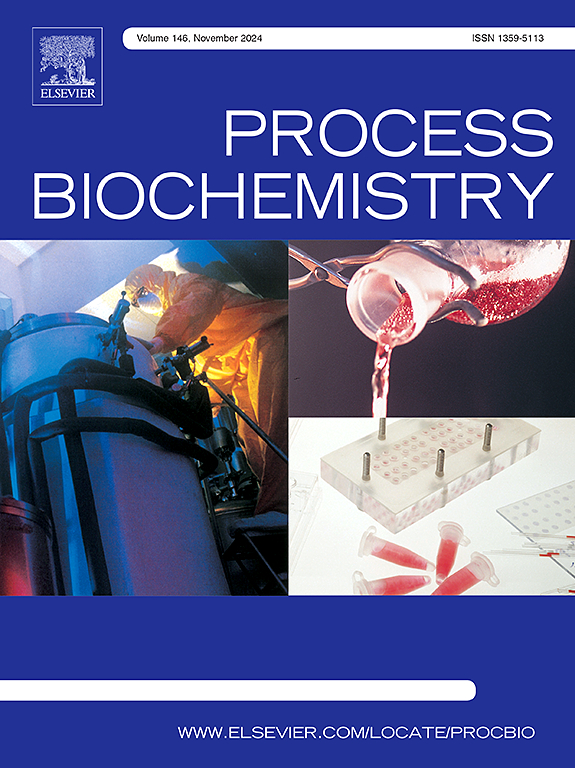IF 3.7
3区 生物学
Q2 BIOCHEMISTRY & MOLECULAR BIOLOGY
引用次数: 0
摘要
尽管由于其独特的胞外电子传递(EET)机制,溶铁还原菌(DIRB)可同时降解有机物和还原重金属,但如何确定一种协同方式来综合控制污染仍是一个挑战。有机物和重金属可分别作为电子供体和受体,电子通过生物跨膜间接交互转移。许多文献指出,溶铁还原(DIR)可诱导铁氧化还原形成,从而促进生物代谢活性,进而激发一系列有益反应,如生物芬顿。遗憾的是,迄今为止,人们对 DIRB 如何以及为何能实现上述生物转化知之甚少。深入了解 EET 和系统说明 DIRB 驱动反应将有助于理解 DIRB 的工作原理。本综述旨在重点阐明典型 DIRB 的 EET,并揭示 DIR 如何加强联合污染处理。最重要的是,我们发现了 DIRB 应用中的几个不足之处,并提出了解决方案,为应对这些挑战提供了一种创新方法。本文章由计算机程序翻译,如有差异,请以英文原文为准。
Microbiological mechanisms and effects of dissimilatory iron reduction on combined contaminants bio-transformation: A review
Although dissimilatory iron-reducing bacteria (DIRB) has been executed to degrade organic matters and reduce heavy metals simultaneously due to its unique extracellular electron transfer (EET) mechanism, there is still a challenge to define a synergistic way for combined pollution control. Organic matters and heavy metals can serve as electron donators and acceptors respectively, and electrons will be indirectly transferred interactively via bio-transmembrane. Many literatures indicated that dissimilatory iron reduction (DIR) can induce the ferric redox formation, and consequently promote the bio-metabolic activity, which could stimulate a series of beneficial reactions, such as bio-Fenton. Unfortunately, up to now, little was known about how and why DIRB can execute the above bio-transformation. A deep insight into EET and a systematic illustration of the DIRB-driving reactions will be helpful for understanding how DIRB works. The objective of this review is to focus on clarifying the EET of typical DIRB and revealing how DIR strengthen the combined pollution treatment. Most importantly, several gaps in the application of DIRB have been identified, along with proposed solutions, offering an innovative approach to addressing these challenges.
求助全文
通过发布文献求助,成功后即可免费获取论文全文。
去求助
来源期刊

Process Biochemistry
生物-工程:化工
CiteScore
8.30
自引率
4.50%
发文量
374
审稿时长
53 days
期刊介绍:
Process Biochemistry is an application-orientated research journal devoted to reporting advances with originality and novelty, in the science and technology of the processes involving bioactive molecules and living organisms. These processes concern the production of useful metabolites or materials, or the removal of toxic compounds using tools and methods of current biology and engineering. Its main areas of interest include novel bioprocesses and enabling technologies (such as nanobiotechnology, tissue engineering, directed evolution, metabolic engineering, systems biology, and synthetic biology) applicable in food (nutraceutical), healthcare (medical, pharmaceutical, cosmetic), energy (biofuels), environmental, and biorefinery industries and their underlying biological and engineering principles.
 求助内容:
求助内容: 应助结果提醒方式:
应助结果提醒方式:


